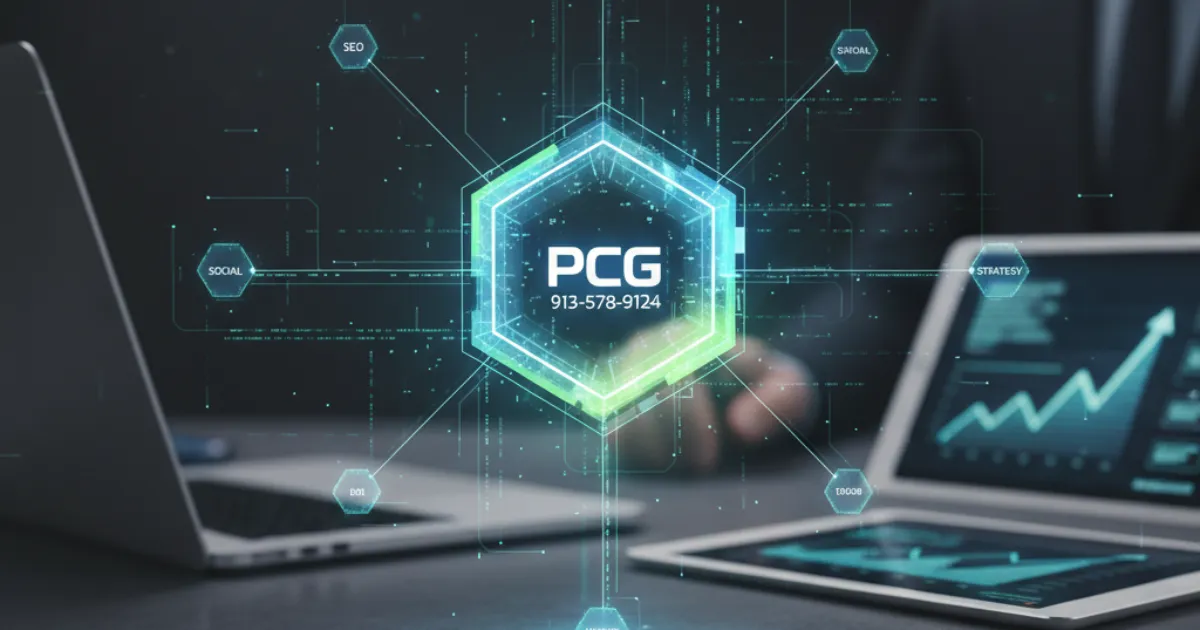The global landscape of digital transformation is constantly being reshaped by innovative platforms that dare to bridge traditional disciplines with cutting-edge technology. In this dynamic arena, one name has emerged from Southeast Asia with a distinct vision: BinusCX. Far more than just a customer relationship management (CRM) tool or a simple learning management system (LMS), this platform represents a profound and sophisticated attempt to unify the often-disparate worlds of academic innovation, personalized user experience, and cultural preservation. For modern educational institutions, museums, and organizations seeking to thrive in the digital age, understanding the depth and versatility of BinusCX is no longer optional—it is essential.
Deciphering the Core: What Exactly is BinusCX?
Originating from the renowned technological ecosystem of BINUS University in Indonesia, BinusCX is an integrated platform initially designed to optimize the “Customer Experience” (CX) for its stakeholders. However, its evolution has seen the ‘CX’ broaden its definition to predominantly encompass the ‘Learner Experience’ and the ‘Citizen Experience’ in cultural contexts.
At its heart, the platform is a cohesive digital ecosystem built on three foundational pillars: Learning Management, Client Interaction, and Performance Analytics. It’s engineered to create seamless, data-driven, and intensely human-centered digital journeys. Where traditional systems offer fragmented tools, BinusCX provides a single, unified environment. It takes the best practices from corporate CX systems—personalization, responsiveness, and actionable data—and applies them directly to academic, training, and heritage sectors, thus revolutionizing how institutions interact with their users and how users engage with content.
Key Pillars of the BinusCX Ecosystem
| Pillar | Description | Impact |
| Unified Interaction | Centralized communication and support channels (chats, forums, ticketing) within the learning environment. | Streamlines support and builds a stronger sense of community for learners and visitors. |
| Personalized Journeys | AI and data analytics drive adaptive content and individualized learning paths. | Maximizes engagement and knowledge retention by catering to specific user needs and pace. |
| Experience Analytics | Robust dashboards for tracking user behavior, content effectiveness, and engagement metrics. | Provides administrators with actionable insights to continuously refine the experience and drive institutional goals. |
| Content Gamification | Integration of gaming elements (badges, leaderboards, challenges) into learning modules and cultural tours. | Increases motivation, participation, and makes complex subjects more accessible and fun. |
The Revolutionary Role of BinusCX in Digital Heritage
Perhaps the most groundbreaking application of BinusCX lies in its role as a digital guardian for cultural heritage. In an era where physical artifacts and historical sites face environmental and accessibility challenges, this platform offers a robust solution for digital preservation and global outreach. It transforms passive viewing into active participation, breathing new life into ancient stories.
Preserving Culture Through Technology
BinusCX acts as a powerful digital vault. It allows museums, universities, and cultural bodies to host and manage high-fidelity digital assets: 3D models of historical structures, vast databases of historical documents, high-resolution photo archives, and oral history recordings. This digital preservation is critical not just for safeguarding items against physical degradation, but also for standardizing access for global research.
Furthermore, its cross-platform design enables the creation of ‘smart tourism’ experiences. Visitors can use the platform for personalized learning modules before their visit to a museum or historical site, enhancing their on-site experience with interactive augmented reality (AR) or location-based content, and then engaging in follow-up educational activities after they leave. This continuity elevates a simple tourist visit into a deep, sustained educational journey.
Bridging Global Divides: Cross-Cultural Exchange and Accessibility
The mission of BinusCX extends beyond mere technology; it is fundamentally about human connection. By design, the platform fosters unprecedented cross-cultural exchange, connecting learners and researchers across continents.
A student in Jakarta can virtually explore and complete a module on the architecture of a European castle, while a researcher in Leeds can collaborate on a project detailing the traditions of a remote Indonesian tribe. This networked design breaks down geographical barriers, creating a truly global classroom. The platform’s commitment to localization—supporting multiple languages and culturally sensitive interfaces—ensures that these exchanges are respectful and contextually relevant.
Crucially, BinusCX is built with accessibility in mind, a non-negotiable feature for true global reach. Its mobile optimization and support for offline access are particularly vital. In regions with unstable or limited internet connectivity, the ability to download content and continue learning or participating offline ensures that educational opportunities and cultural resources remain accessible to all, regardless of their location or technological infrastructure.
The Technological Backbone: AI and Seamless Integration
The expert functionality of BinusCX is powered by a sophisticated technological core. At the center is its integration of AI and Data Analytics. These tools are not just for reporting; they actively shape the user experience. The AI analyzes learner interaction patterns, identifies knowledge gaps, and automatically suggests relevant, remedial, or advanced content, ensuring the learning path is always optimized for individual success. For cultural institutions, this same AI can track which exhibits or topics are most engaging, providing the data needed to continually enhance the visitor experience.
Moreover, true ecosystem integration is a hallmark of the platform. BinusCX is designed to work harmoniously with existing institutional tools like Zoom, Microsoft Teams, and Google Workspace. This seamless connectivity avoids the friction often associated with adopting new technology, making it easier for universities, schools, and cultural organizations to adopt and scale their digital initiatives without overhauling their entire IT infrastructure.
The Future Trajectory for BinusCX
As digital demands continue to grow, the trajectory for BinusCX points toward even deeper specialization and broader adoption. The platform is perfectly positioned to address the modern challenges of both education and cultural sectors, aligning with major regional trends outlined in reports on technology in education in Southeast Asia..
For any institution looking to redefine its engagement strategy—to move beyond transactional interactions toward creating meaningful, lifelong relationships with its audience—BinusCX offers a holistic, proven solution. It is more than software; it is a philosophy that posits that the best digital experiences are those that are human-centered, data-informed, and ultimately, deeply enriching. By successfully fusing the rigorous demands of academic technology with the engaging possibilities of advanced customer experience, BinusCX is not just keeping pace with the digital world—it is actively charting its future.
FAQs
1. Q: What does the ‘CX’ in BinusCX stand for, and what are its primary functions?
A: While the ‘CX’ in BinusCX originally stood for Customer Experience, its application has evolved to primarily focus on the Learner Experience (LX) within education. Its primary functions are to provide a single, unified digital ecosystem for:
Learning Management (delivering personalized academic content).
Client Interaction (streamlined communication and support).
Performance Analytics (data-driven insights for administrators).
2. Q: How does BinusCX utilize AI and data analytics to enhance the learner experience?
A: BinusCX utilizes AI and data analytics to create personalized and adaptive learning journeys. The AI actively tracks a user’s performance, engagement patterns, and content consumption to:
Identify specific knowledge gaps.
Automatically suggest remedial or advanced content modules.
Optimize the learning path in real-time to maximize student success and knowledge retention.
3. Q: In what ways does BinusCX contribute to digital heritage preservation and ‘smart tourism’?
A: BinusCX serves as a digital vault for cultural institutions by hosting and managing high-fidelity assets like 3D models, historical databases, and oral histories. It enables ‘smart tourism’ by:
Offering personalized learning modules before a physical visit.
Providing interactive, location-based augmented reality (AR) content during a visit.
Facilitating follow-up discussions and quizzes after the visit, turning a tourist trip into a sustained educational journey.
4. Q: Is the BinusCX platform only for higher education institutions, or does it have wider applications?
A: While BinusCX originated from BINUS University, its adaptive and modular framework extends far beyond higher education. It is successfully applied in wider sectors including:
Corporate Training and Upskilling (for employee development).
Museums and Cultural Organizations (for digital heritage and community engagement).
Educational Tourism (for smart and interactive site visits).
5. Q: Does BinusCX offer solutions for regions with poor internet connectivity?
A: Yes, one of the platform’s critical features for global outreach is its commitment to accessibility through mobile optimization and offline access. This ensures that users in remote areas or regions with unstable internet connectivity can download learning materials and continue their studies or cultural exploration uninterrupted, syncing their progress when they reconnect.



